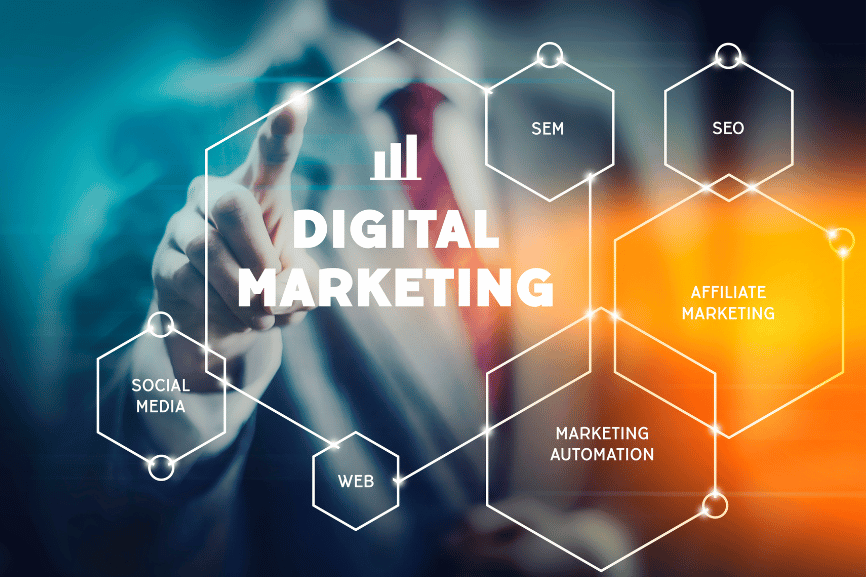What are the benefits of consistent branding across all marketing channels?
Introduction: Consistency is a critical factor in building a strong and recognizable brand. When your brand maintains a cohesive and consistent presence across all marketing channels, it creates a unified experience for your audience and reinforces your brand’s identity. In this blog post, we’ll explore the benefits of consistent branding across all marketing channels and how it can drive business success. Additionally, we’ll provide actionable insights on optimizing your consistent branding efforts for SEO purposes to maximize their impact. Establishing Brand Recognition: Consistent branding across all marketing channels helps establish brand recognition. When your brand’s visual elements, such as logo, colors, and typography, remain consistent, customers can easily identify and associate them with your business. This recognition fosters familiarity and builds trust, making it more likely for customers to choose your brand over competitors. Building Trust and Credibility: Consistent branding creates a sense of trust and credibility. When customers encounter a consistent brand presence across different channels, it reinforces the notion that your business is reliable, professional, and committed to delivering quality products or services. This consistency builds confidence in your brand, making customers more likely to engage with your business and become loyal advocates. Reinforcing Brand Messaging: Consistency in brand messaging is crucial for effective communication. When your brand consistently delivers a clear and unified message across all marketing channels, it reinforces your value proposition and ensures that customers receive a consistent understanding of your brand. This consistency in messaging enhances brand recall and helps customers associate specific messages with your brand, increasing the likelihood of engagement and conversion. Enhancing Brand Recall: Consistent branding significantly improves brand recall. By presenting consistent visuals, messaging, and experiences, your brand becomes more memorable to customers. They can easily recall and recognize your brand when making purchasing decisions. This increased brand recall translates into higher brand visibility, repeat business, and word-of-mouth referrals. Creating a Cohesive Customer Experience: Consistent branding creates a cohesive customer experience across all marketing channels. When customers encounter consistent branding elements, they feel a sense of continuity and familiarity as they navigate through different touchpoints. This cohesive experience builds trust, improves customer satisfaction, and encourages loyalty, as customers can rely on a consistent level of quality and service. Differentiating from Competitors: Consistent branding helps differentiate your brand from competitors. When you maintain a unique and consistent brand presence, you stand out in a crowded marketplace. By delivering a consistent brand experience, you showcase your brand’s distinct personality, values, and offerings. This differentiation enables you to carve a niche for your brand and attract customers who resonate with your unique positioning. SEO Optimization and Brand Visibility: Optimizing your branding efforts for SEO purposes can significantly enhance your brand’s visibility across digital channels. Consistent branding improves your search engine rankings, as search algorithms recognize and reward websites with cohesive branding. By incorporating relevant branded keywords, optimizing meta tags and descriptions, and creating valuable brand-related content, you increase the chances of your brand appearing in search results, driving organic traffic, and expanding your online reach. Conclusion: Consistent branding across all marketing channels is a powerful strategy that offers numerous benefits for businesses. From establishing brand recognition and trust to reinforcing brand messaging and enhancing brand recall, consistency creates a cohesive and memorable customer experience. Moreover, by optimizing your consistent branding efforts for SEO, you can maximize brand visibility and attract a wider audience. Remember, consistency requires careful planning, attention to detail, and continuous monitoring. By aligning your brand across all marketing channels, you create a unified and impactful brand presence that resonates with your audience, sets you apart from competitors, and drives long-term business success.
What are the benefits of consistent branding across all marketing channels? Read More »











